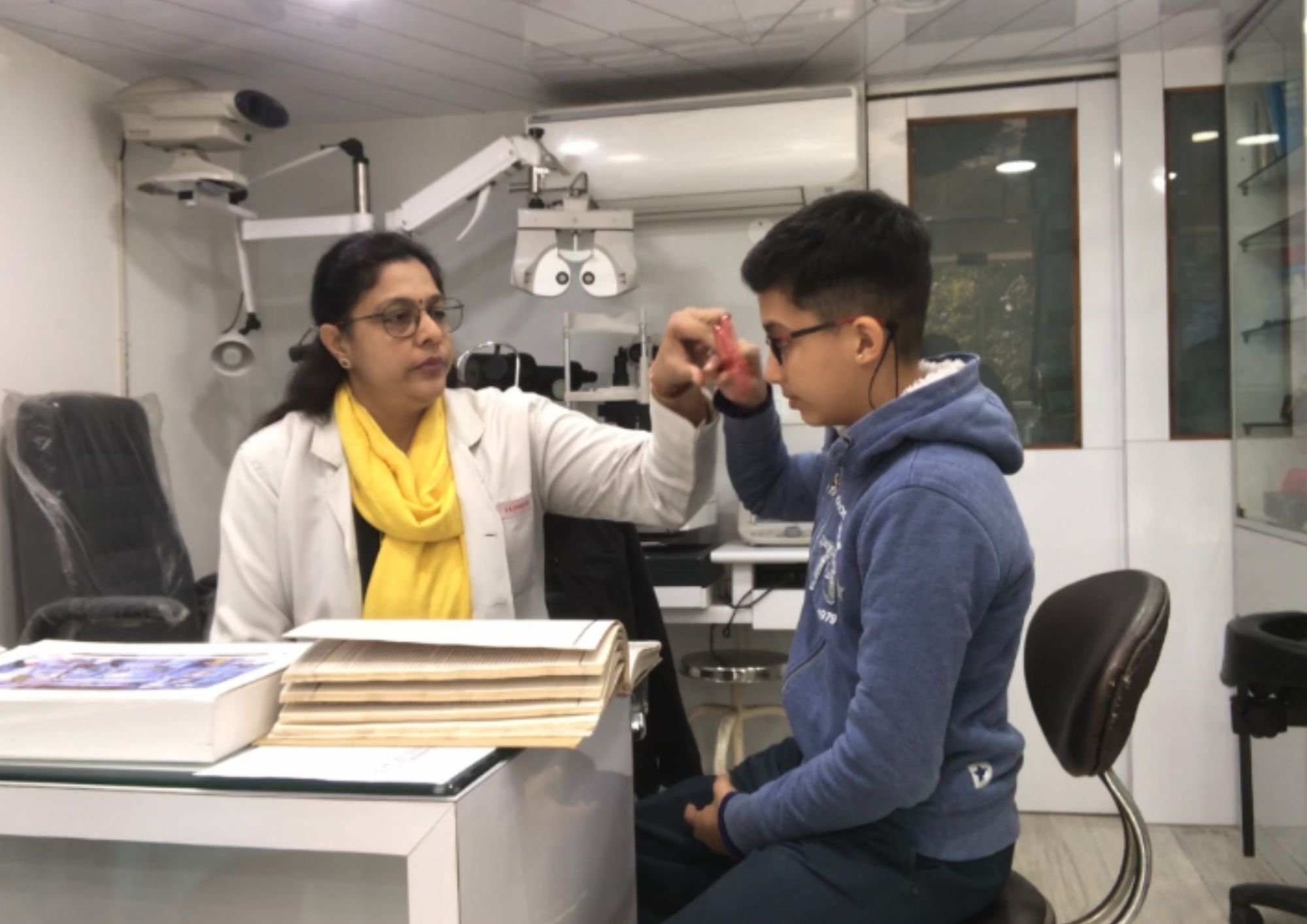The Role of Advanced Diagnostic Devices in Identifying Eye Disorders
In the realm of ophthalmology, the usage of advanced analysis tools has actually reinvented the early identification and monitoring of numerous eye conditions. From finding refined modifications in the optic nerve to checking the progression of retinal diseases, these modern technologies play a critical duty in boosting the accuracy and effectiveness of identifying ocular problems. As the demand for specific and prompt diagnoses proceeds to grow, the assimilation of cutting-edge devices like optical coherence tomography and visual area screening has become crucial in the realm of eye care. The detailed interplay between innovation and ophthalmic methods not just clarifies detailed pathologies however likewise opens up doors to tailored therapy approaches.
Significance of Very Early Medical Diagnosis
Very early medical diagnosis plays a pivotal role in the effective management and therapy of eye problems. By identifying eye disorders at an early phase, healthcare service providers can supply proper therapy plans customized to the particular problem, eventually leading to far better outcomes for people.

Modern Technology for Finding Glaucoma
Innovative diagnostic innovations play an essential function in the early detection and surveillance of glaucoma, a leading root cause of irreparable blindness worldwide. One such modern technology is optical coherence tomography (OCT), which supplies detailed cross-sectional photos of the retina, permitting for the measurement of retinal nerve fiber layer density. This dimension is vital in analyzing damage triggered by glaucoma. Another sophisticated device is aesthetic field testing, which maps the level of sensitivity of a client's aesthetic area, assisting to identify any areas of vision loss feature of glaucoma. Additionally, tonometry is utilized to gauge intraocular pressure, a major danger variable for glaucoma. This test is important as raised intraocular stress can lead to optic nerve damages. More recent technologies like the use of fabricated intelligence algorithms in assessing imaging information are showing promising results in the very early detection of glaucoma. These sophisticated analysis devices allow ophthalmologists to identify glaucoma in its early stages, enabling timely intervention and better management of the disease to avoid vision loss.
Function of Optical Comprehensibility Tomography

OCT's ability to measure retinal nerve fiber layer density allows for accurate and objective dimensions, assisting in the very early detection of glaucoma even before visual area issues become obvious. Generally, OCT plays a critical role in enhancing the diagnostic accuracy and administration of glaucoma, eventually adding to better outcomes for individuals at danger of vision loss.
Enhancing Diagnosis With Visual Area Screening
An important element in detailed ophthalmic assessments, aesthetic area screening plays a crucial role in enhancing the diagnostic process for various eye conditions. By analyzing the complete level go to the website of an individual's aesthetic area, this test offers important info regarding the practical integrity of the entire visual pathway, from the retina to the visual cortex.
Visual field testing is particularly beneficial in the diagnosis and monitoring of problems such as glaucoma, optic nerve conditions, and different neurological diseases that can affect vision. Via measurable measurements of peripheral and central vision, medical professionals can detect refined adjustments that might suggest the presence or development of these conditions, even before visible symptoms take place.
In addition, visual area screening permits the surveillance of therapy efficacy, aiding ophthalmologists customize healing interventions to specific clients. eyecare near me. By tracking changes in aesthetic field efficiency in time, doctor can make educated decisions regarding adjusting drugs, suggesting medical interventions, or applying other ideal measures to maintain or improve an individual's visual feature
Managing Macular Degeneration

Final Thought
In final thought, progressed diagnostic tools play an important function in determining eye conditions early on. Technologies such as Optical Comprehensibility Tomography and aesthetic area see here screening have significantly improved the precision and performance of diagnosing conditions like glaucoma and macular degeneration.